Lebanon between Hezbollah and US-Israel alliance Weapons and wills
The Lebanese government has decided to disarm the Hezbollah group. During meetings on August 5 and 7, the Cabinet of Ministers clearly stated that only the state has the right to bear arms. Hezbollah, which possesses its own army, is required to disarm. The party responded with refusal and reacted with mass protests.
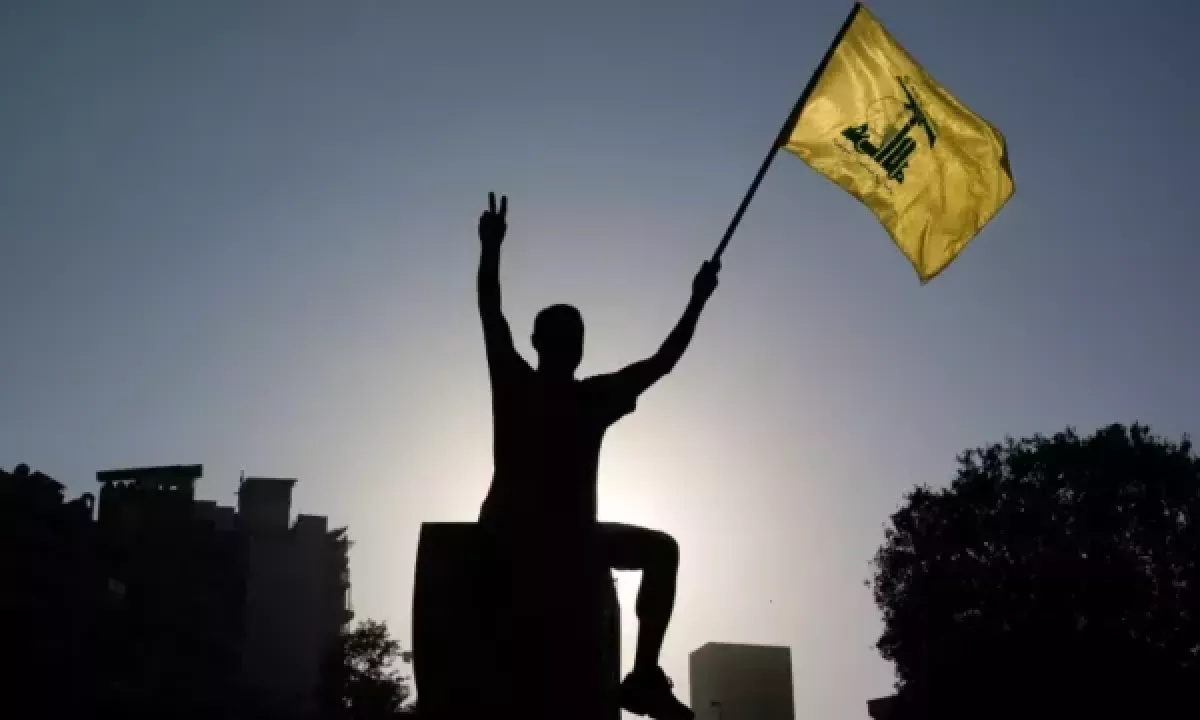
Mass demonstrations by Hezbollah supporters took place in several regions of the country. Crowds of protesters filled the southern suburbs of Beirut, as well as Nabatieh, Baalbek, Tyre, and Sidon. Participants waved party flags and chanted slogans, affirming their “commitment to the weapons of resistance” and viewing them as “a source of strength in confronting Israel.” Some supporters of the Amal Party, which is close to Hezbollah, also joined the demonstrations. In Zahle, protesters blocked a road with burning tires to express their disagreement with the Cabinet’s decision. Despite the protest nature of the rallies, no clashes with security forces were reported.
The foundation of any state power is the monopoly on weapons and violence. If this monopoly is broken, the state, in the full sense of the word, ceases to exist. Why should anyone follow its orders if it cannot enforce them? How can it compel citizens to obey the law? What happens if some obey while others do not? The situation with Hezbollah is exactly such a case.
Therefore, the Lebanese ministers approved a document presented by the U.S. Special Envoy to Lebanon and Ambassador to Syria, Thomas Barrack. His draft calls for the disarmament of all armed groups in Lebanon, as well as the complete withdrawal of the Israeli army from the south of the country.
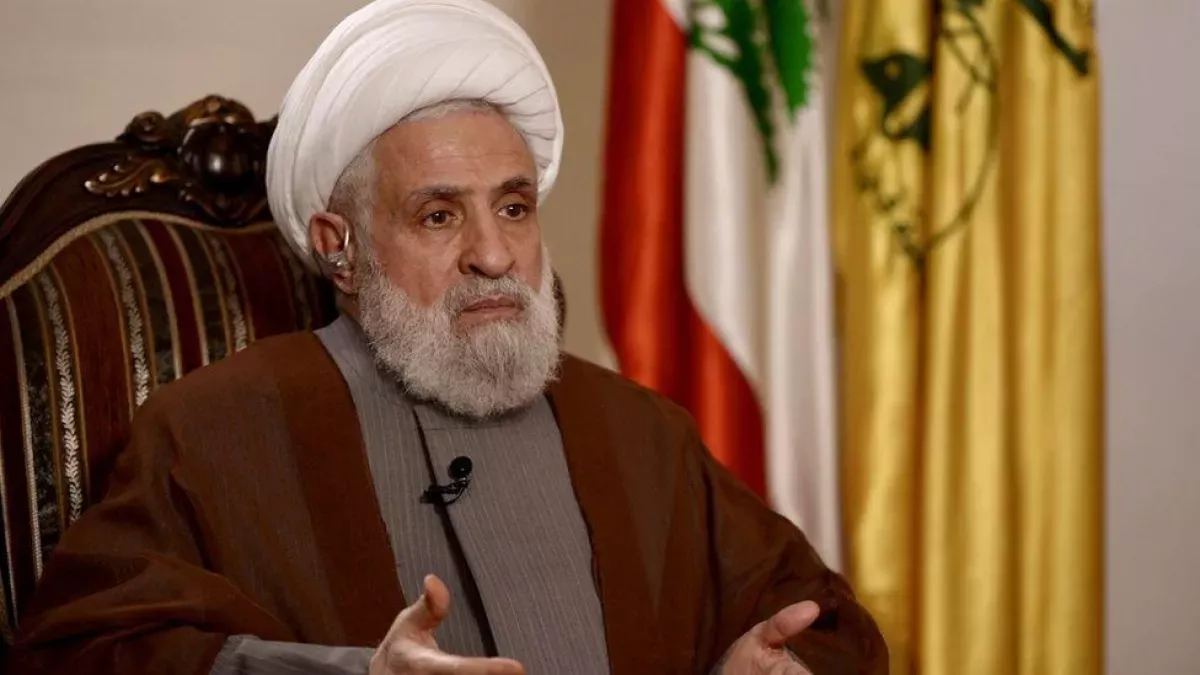
Hezbollah Secretary-General Naim Qassem stated that his party has no intention of surrendering its weapons. He described the government’s decision as an “American document” serving Israel’s interests. According to him, Hezbollah will not disarm even in exchange for foreign assistance to help rebuild the country after the 2024 war with Israel.
Hezbollah is only willing to enter negotiations on future methods of defending Lebanon once Israeli forces withdraw from the areas of Southern Lebanon they currently occupy. Even then, the group makes no promises of complete disarmament.
Government caught between two fires
Tensions in Lebanon are rising alongside increasing U.S. pressure on the government to achieve Hezbollah’s disarmament. The U.S. is insisting that this condition be met by the end of the year in exchange for aid to Lebanon. Their goal is to push Hezbollah out of Lebanon or significantly weaken the party, which serves as a conduit for hostile Iranian influence. The Americans are backed in this effort by their ally, Israel.
However, the issue is not only external pressure. Lebanon’s financial system has been shattered by the country’s most severe crisis in history, which began in 2019. The majority of the population lives below the poverty line, struggling with fuel shortages, electricity and water cuts, waste removal, and other basic services.
In 2019, Lebanon saw mass protests against government corruption, involving roughly half of the adult population—1.5 to 2 million people. Protesters demanded affordable or free basic services, clean water, electricity, and jobs. People from all religious communities—Shiites, Sunnis, and Christians—joined the demonstrations. Palestinian and Syrian refugees also participated. These protests were driven by socio-economic grievances rather than ethnic or sectarian divisions.
The government managed to suppress the protests, and the COVID-19 pandemic completed the process by forcing activists off the streets into lockdown. Yet the fear of a new uprising by the poor and unemployed remains. As a result, the government is in urgent need of external financial support to emerge from the crisis. Without it, there is a real risk of a repeat of the 2019 events, when protesters set fire to party headquarters, accusing them of corruption.
Thus, the ruling factions have a strong vested interest in securing external funding. Without it, stabilizing the economy would be highly unlikely.
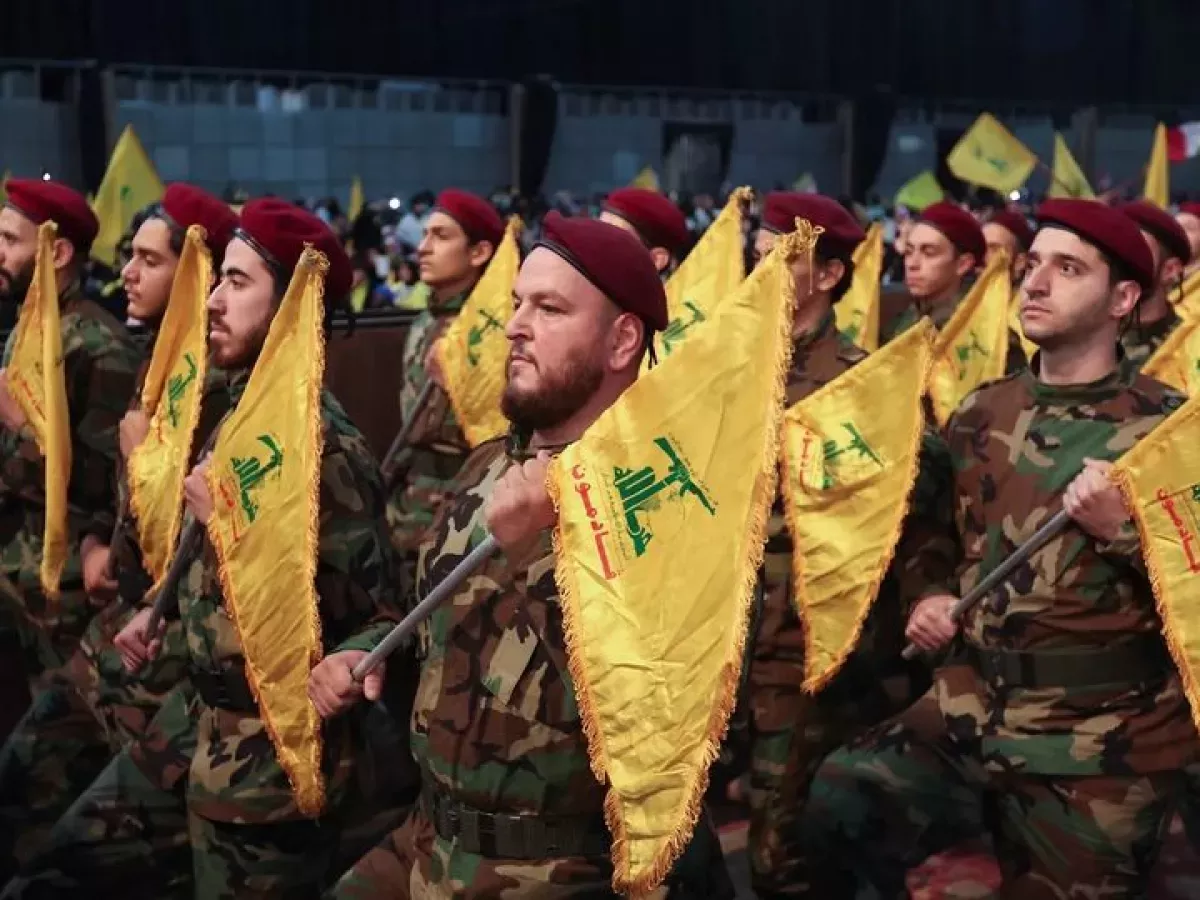
On the other hand, disarming Hezbollah will be extremely difficult. The party only recently possessed significant military power, and it remains unclear who will ultimately manage to disarm whom.
Hezbollah’s military might
The group is unpopular in Lebanon. Although it presents itself as Shiite, it does not hold a solid majority even within the Shiite community, which makes up 30–40% of the population.
However, the party maintains armed formations numbering 20,000–30,000, with a comparable reserve force. It pays its fighters relatively high salaries given the ongoing crisis, which helps attract new recruits. Hezbollah possesses significant missile capabilities aimed at Israel, as well as forces trained in guerrilla warfare against the IDF. Its fighters are prepared to confront the Israeli army in the event of an invasion of Lebanon.
In addition, Hezbollah has armoured and infantry units, special forces, and other formations designed to maintain control over Lebanon. These units have years of combat experience in Syria, fighting alongside Bashar al-Assad’s regime. The party is also actively developing its drone capabilities.
Against this backdrop, the Lebanese army appears extremely weak: it lacks combat experience, is riddled with corruption, and is divided along ethno-confessional lines. Until recently, some of its personnel sympathised with Hezbollah or its allies.
Thanks to billions in support from Iran, the group has long become the country’s most powerful military force. Possessing a de facto monopoly on force—its primary resource—Hezbollah has for years acted as a “deep state,” controlling key processes in Lebanon.
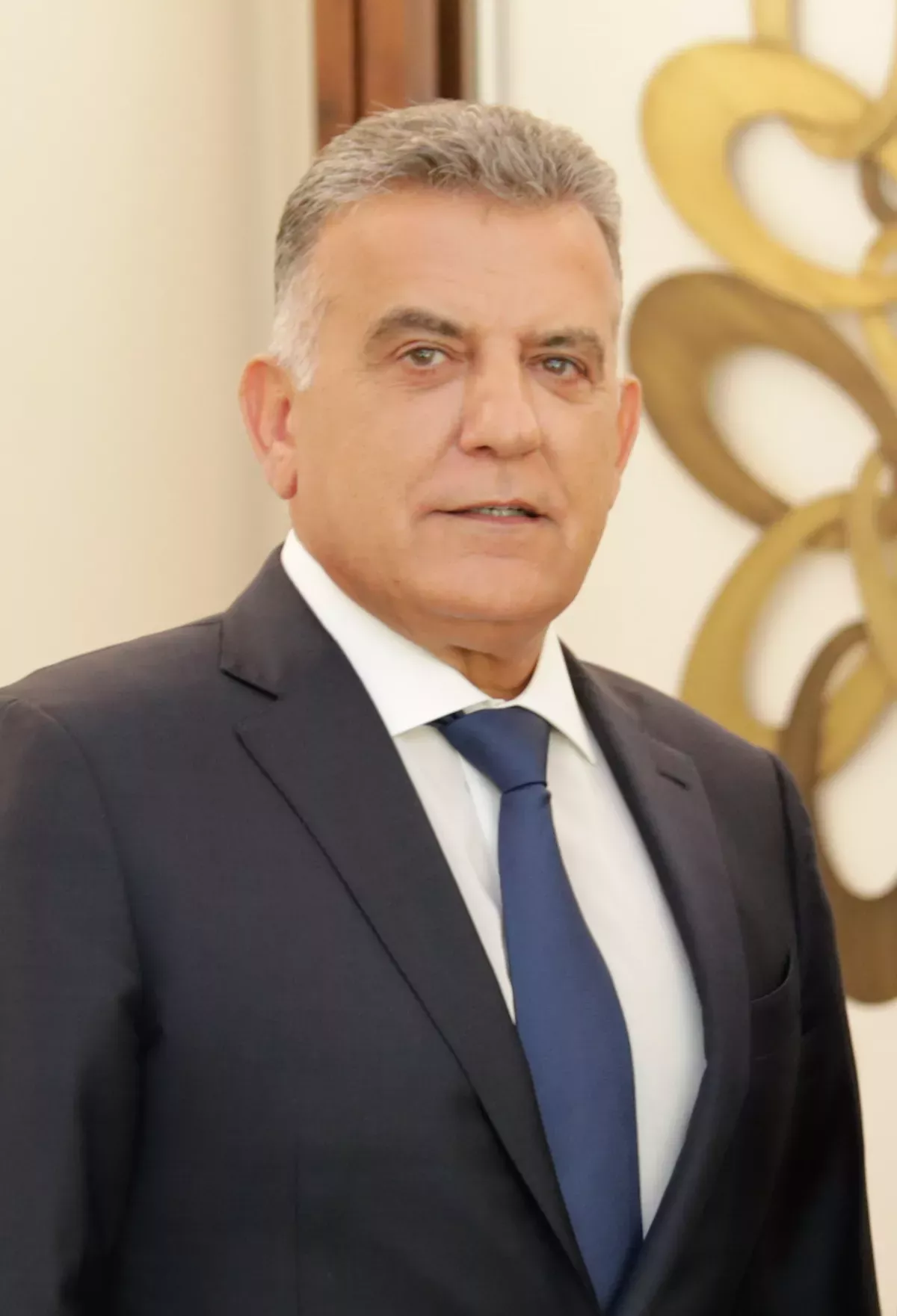
It lobbied for the appointment of ministers loyal to it—not only Shiites but also Christians and Sunnis—and controlled Lebanon’s most important security agency, the General Directorate of State Security, headed by its ally Abbas Ibrahim. Among the party’s allies were major political forces, including the Christian Free Patriotic Movement (FPM) and the Shiite Amal party.
Moreover, Hezbollah has transformed into a transnational financial and economic empire: from controlling exchange offices in Lebanon to producing and exporting illicit substances. Its networks operate wherever there is a Lebanese diaspora—from South America to Malaysia. Using its own resources and Iranian funding, the party has established a network of free schools, hospitals, low-cost taxi services, construction companies, and supermarkets offering subsidized goods. These services primarily target party members, their families, and close associates, but collectively they reach hundreds of thousands of people.
Weakening Hezbollah opens the door for shifts
The 2024 war with Israel proved a major setback for Hezbollah. Although its forces managed to halt the IDF’s advance in southern Lebanon—inflicting significant losses through guerrilla tactics and the mountainous terrain—the group was seriously weakened. Israel eliminated nearly the entire political and military leadership of the party, including its charismatic leader Hassan Nasrallah, along with numerous weapons depots and military bases. Thousands of fighters were neutralized in a sophisticated pager-based strike.
Following this, Hezbollah signed a ceasefire agreement with Israel—an unprecedented concession for the group. Its situation was further aggravated by setbacks in Syria, where opponents of the party came to power and cut off the main supply route of Iranian weapons. Financial support from Tehran also declined.
Among the Shiite population, discontent is growing: Israel destroyed many Shiite neighborhoods, and unlike in 2006, the party is no longer able to rebuild them. Across broader society, Hezbollah is blamed for dragging the country into a war it could not win.
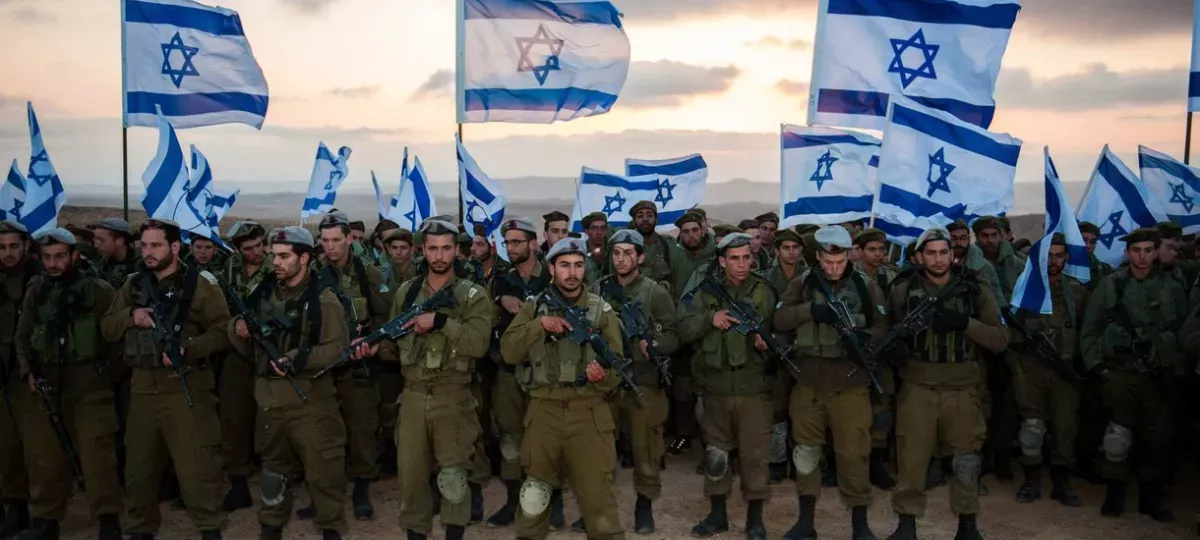
The organisation has weakened to the point where it no longer responds effectively to Israeli strikes. Since late November 2024, the IDF has killed at least 245 Hezbollah fighters and wounded 516. For a force numbering 20–25,000, these are significant losses.
Opponents of Hezbollah are now coalescing
Lebanon has formed a government led by Sunni Prime Minister Nawaf Salam, a former head of the International Court of Justice, and Christian President Joseph Aoun. Radical Christian opponents of Hezbollah, including the Lebanese Forces party, are also part of the cabinet. These factions are oriented toward cooperation with the United States and Gulf monarchies, seen as key investors.
Nevertheless, four ministers from Hezbollah and the Amal Movement remain in the cabinet, controlling the finance and health ministries. The party still influences parts of the financial system but has lost control over security agencies and no longer holds a blocking stake in government decisions.
Whether Lebanon’s new authorities and army can fully disarm Hezbollah remains uncertain. Even in its weakened state, the group could pose a serious challenge to the Lebanese Armed Forces.








